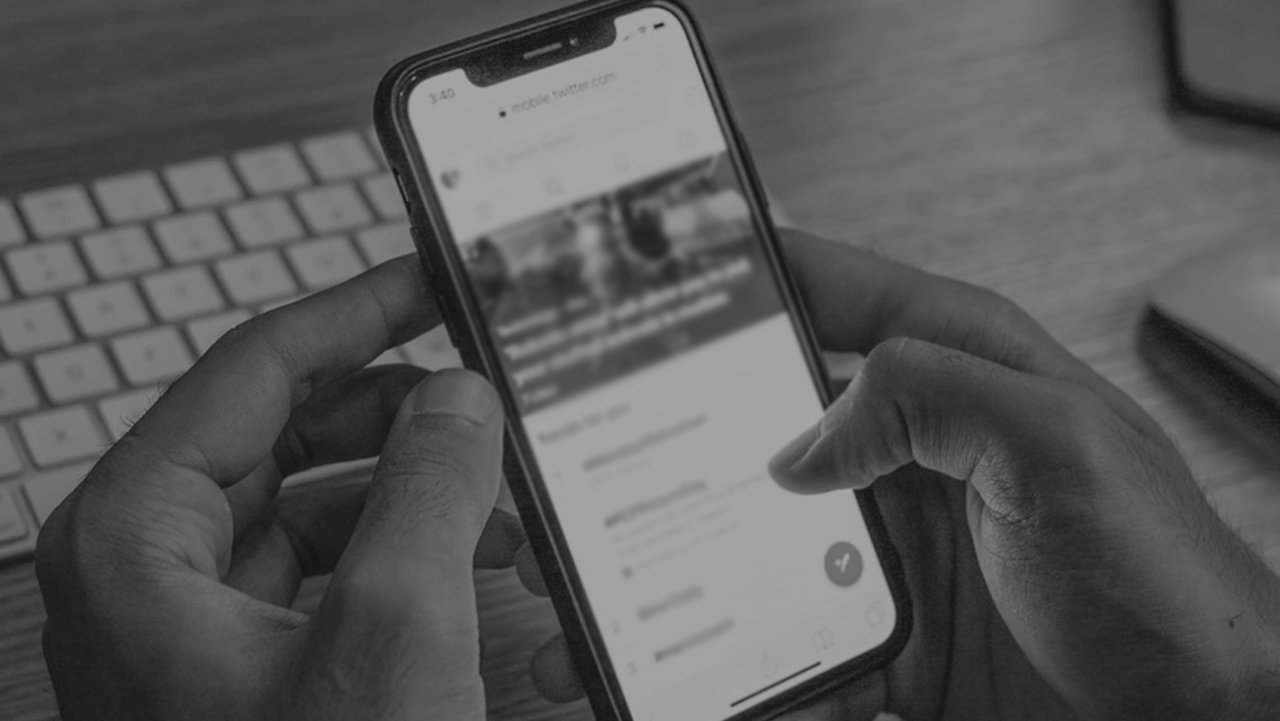Advice for Advertisers During COVID-19

Faced with uncertainty due to the COVID-19 crisis, every advertiser out there is having the same conversation: Should I advertise right now? What should we say? Are people still paying attention?
These are all good questions! And we’ve got some answers. Here are five meaningful considerations for any company, organization, or campaign that is thinking about spinning up the ads machine in these uncertain times, but doesn’t know where to start.
- Show your softer side.
Advertisers should recognize that emotions are highest in times of crisis and that a global pandemic may not be the best time to roll out that attack ad. Instead, focus on positives, show your human and compassionate side, and use facts to your advantage. Are you playing a role in COVID-19 relief and research? Tell the world about it. Have heartfelt stories to tell about what your members or employees are doing to support essential workers or to bring communities together? Show it. Do you have useful information for people glued to their devices? Share away. Only a select few brands can get away with going negative right now. Priorities USA, with this ad pitting President Donald Trump’s own words against him, seems to thread the needle. But for most brands, striking a positive tone is the safest (and most effective) bet for the near future — it’s what people are craving. - But that doesn’t mean hold back altogether.
The coronavirus pandemic has nearly frozen advertising across industries in the U.S. According to the Internet Advertising Bureau, just days ago more than two-thirds of advertisers didn’t know what they were going to do with their Q2 ad budgets. But with uncertainty comes opportunity. Internet usage is up and, with the waning competition for inventory, ad rates are down. If you’ve got attuned and situationally-aware content — or can make it anew — now is the time to get results at a fraction of the cost and gain an edge on the competition you’d typically be facing in the pre-coronavirus world. - Look to user-generated content to fill the void, authentically.
Social distancing and shelter-in-place mandates are stalling production and advertising shoots across the country. Luckily, there are tons of resources out there to put content creation in the hands of your customers, members, employees, and advocates. A common misconception is that user-generated content (UGC) means bad content. Not if you have a plan and do it right! Services like Countable and Storyvine offer guided solutions for creating more polished UGC, but some clear direction and hand-holding can return the same advertising-ready quality without the bells and whistles. Besides, selfies and authentic content are what audiences are consuming online. Research shows that selfie ads are 20 percent cheaper to run online and get 70-90 percent lower costs-per-click. And they undoubtedly come at a fraction of the production cost. - Thinking of linking advertising to coronavirus-related keywords? Not so fast!
Before you build an advertising plan, it’s important to know what you can and can’t do. Google and Twitter have both announced restrictions for non-governmental entities attempting to run COVID-19 content or display ads based on coronavirus triggers, but their policies are rapidly evolving. Facebook appears to be acting on a more case-by-case basis, recently banning ads related to protective masks. And the situation is changing daily, so we can only expect more publishers and networks will take protective measures to (they hope) prevent misinformation from spreading.All of this means advertisers need to be creative with their content and targeting. Perhaps you can leave keywords that are likely to get flagged, such as COVID-19 or coronavirus, out of your ads without losing the overall effect. If you can’t leverage search keywords but still want to appear alongside coronavirus content, think about using contextual targeting to show up on health news content. Just know that policies are changing quickly, so staying ahead of the curve will likely require some creative thinking. - Understand where your audiences are spending time online.
With commuters at home, podcast downloads are down. And the cancellation of major sports has led to dramatic drops in ratings for companies like ESPN and TNT. While they’ve tuned these programs out, listeners and viewers are turning to other sources of content and causing a seachange in internet behavior. These audiences are spending time online gaming, shopping, consuming news content, and binge-watching their favorite TV (streaming) shows. Taking stock of this upheaval in media consumption behavior and what it means for reaching audiences you care about is extremely important as you plan out advertising campaigns — what worked a month ago (or even last week), might not today.
Our advice to advertisers is to not let this moment pass without talking to your audiences. In some cases, there can be great advantage to communicating during this crisis. But it’s important to go into any new campaign in this environment eyes wide open with a clear understanding of the limitations and pitfalls.
If you need help navigating advertising choices in this complex and ever-changing environment, our team is here to help. Stay safe!